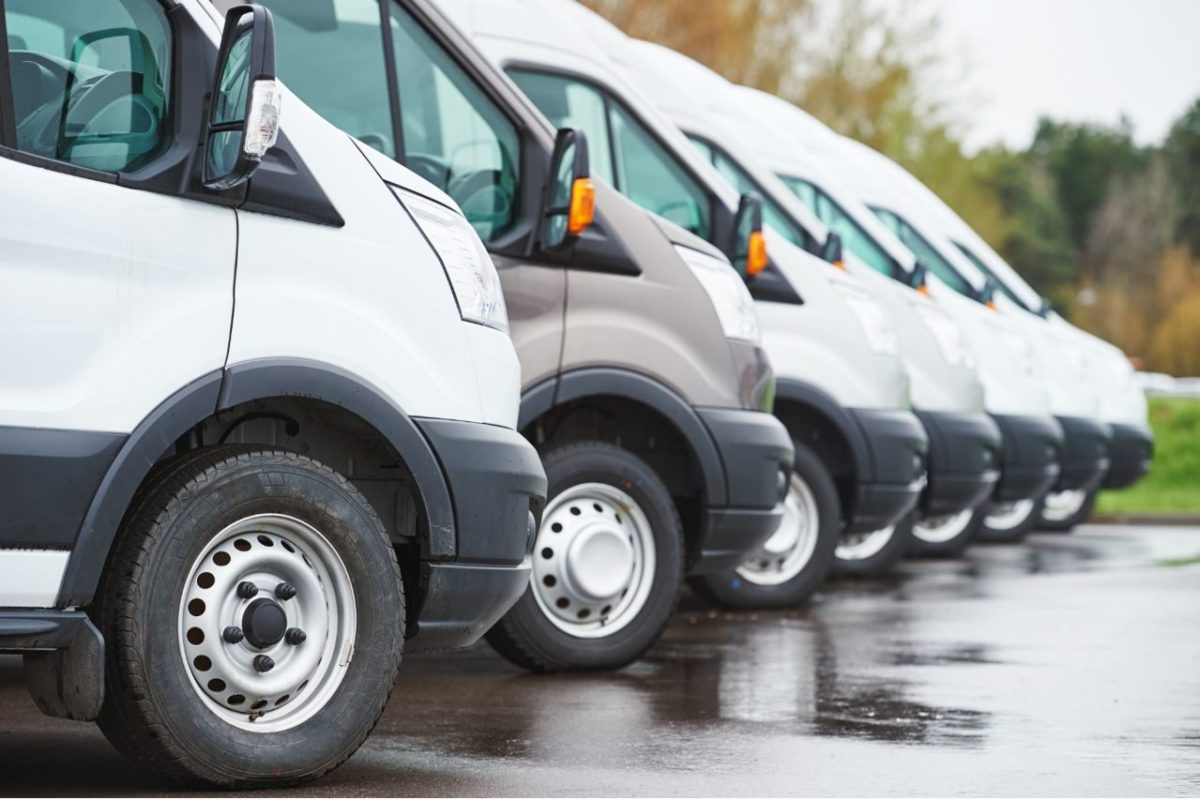How Car Value Affects Insurance Premiums

Business Insurance Premiums
There are many factors which affect car insurance premiums. The main elements include the age of the driver, their years of driving experience, location, driving record, claims history, annual mileage and more. Aside from driver details, one of the other main factors which affect any insurance premium is the car itself. Insurance premiums will differ depending on the type of vehicle you are looking to insure, so it is worth knowing what will lead to higher or lower rates.
High Value Cars
The most expensive, highest value cars are usually those which attract the greatest insurance premiums. This is mainly because if an expensive vehicle is damaged, stolen or written off in a crash, the pay-out to cover the costs of any repairs or replacement will be a lot higher. Also, there can be a greater risk of theft in some cases for top of the range vehicles.
The type of insurance taken out will often be determined by a car’s high value as well. Many insurers will refuse to allow just third-party insurance for an expensive vehicle, only agreeing to insure with comprehensive insurance. Likewise, with a lower valued vehicle, you may only require third-party cover.
GAP and Agreed Value Insurance
Especially when buying a new or expensive second-hand vehicle, you should be aware that it will depreciate in value. Should there be an incident, an insurance pay-out will reflect this depreciation, leaving you out of pocket having purchased a high-value car.
That’s why agreed-value premiums are advisable for classic cars and other expensive motors, which guarantee a vehicle at an agreed rather than market value. While Guaranteed Asset Protection (GAP) insurance is an extra policy to complement regular insurance policies, covering the gap between a vehicle’s value when you took out the initial insurance and its value at the time of a claim.
Company Cars
Fleets for businesses and company cars will require business insurance, with the most popular option to pay one premium which covers them all. Again, many factors from mileage and driver details will affect this rate, as will the types of vehicles used.
Buying a range of second-hand vans will be seen as riskier and therefore attract higher premiums. It can be worth taking out a CAP HPI check on any cars or vans before purchasing, to let the insurer know their history is clear. This may lower the premium if there is greater proof such vehicles are reliable.
Essentially, a higher valued vehicle or one with a dodgy history will be lumped with a greater insurance premium, so it is important to bear in mind car value when searching for insurance.
